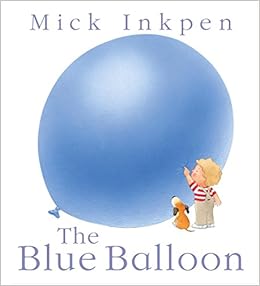
World Book Day allows us a language teachers to open the window on languages and share with the children how language is a vehicle through which we can tell stories and encourage imaginative communication.
This year we are focusing on three of the World Book Day 2015 themes:
Elmer :
Pirates :
Dennis the Menace :
Dennis the Menace concertina characters
In previous years we have explored fairy tales,listened to and performed familiar texts such as the Hungry Caterpillar in different languages and encouraged our local schools to invite people from the wider community in to school to read stories in other languages.

Last year,some of us explored this wonderful book :"Vive les livres",which exists in German and Spanish too!
Here is the blog post from last year:
Some other ideas to explore books and stories.........
You may want to explore other themes and stories so I thought I would pop here in the blog post links to blog posts I have written about "story telling and writing" and looking at books - both fiction and non fiction!

We have recently been exploring "describing people in writing" and linking our UKS2 language work with Alice in Wonderland - to great effect!

We are exploring stretchy word carnival balloons- and this idea was inspired by Mick Inkpen's "Blue Balloon"
.
Great way to link a story in English with language work in another language
We love taking KS1 on a "Bear Hunt" and here is the example of the rhyme and game in Spanish that we adapt and use in French and German too! Everyone loves this one!
Going on a Bear Hunt rhyme and game
Here's an idea to use shadow puppets to retell in a very simple way using familiar stories- in this instance- Goldilocks and the Three Bears .
Goldilocks and the Three Bears shadow puppet show
"Toujours rien"
is a book I love and a great way to talk about Springtime and growing things .Here's my blog post from last year .

Maybe you have some target language non-fiction books on your shelves - like I do.The Noune" story above is available in lots of languages.Perhaps you could explore these in language learning.
Here are my thoughts about how we can explore non-fiction with UKS2 more advanced language learners
non fiction in the target language and making language learning links
Or maybe finally you want to create your own "target language book shop window".... writing full sentences demonstrating understanding of basic grammar at the same time! Hope this blog post can help you.....
Nouns, adjectives and verbs to create our own book covers and book shop window






